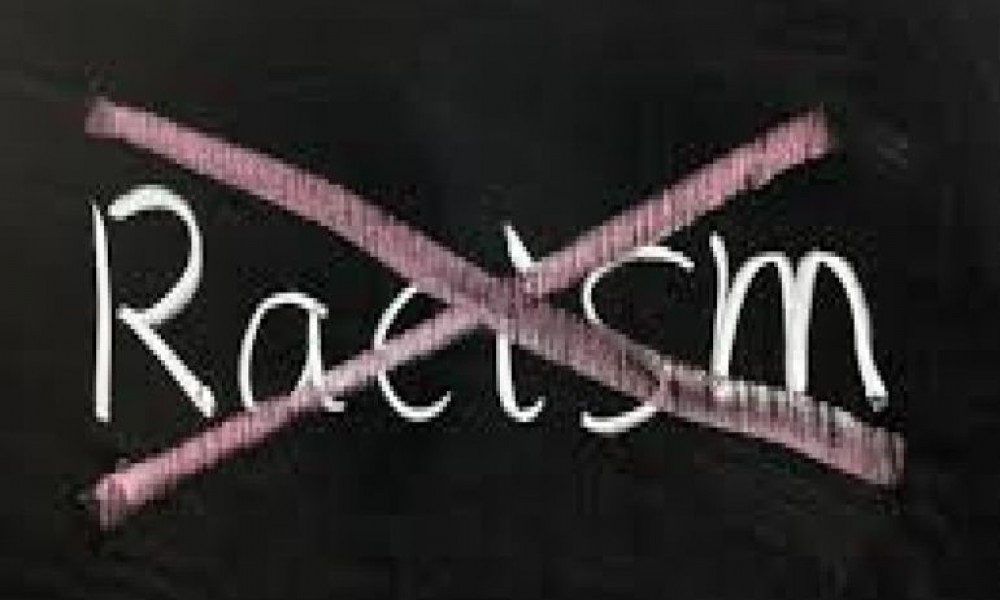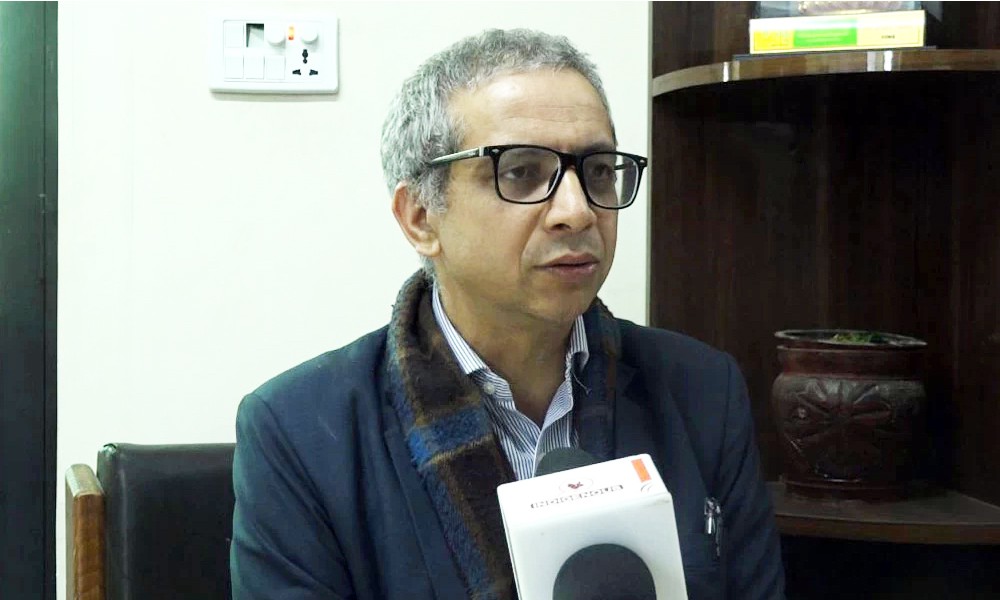What is the history of the International Convention on the Elimination of All Forms of Racial Discrimination
The International Convention on the Elimination of All Forms of Racial Discrimination (ICERD) was adopted by a general assembly of the United Nations (UN) on 21 December, 1965. The convention entered into force on 4 January, 1969. Two years later, on 30 January 1971, Nepal ratified the convention. The genesis of the convention dates back to December, 1960 when the UN adopted a resolution condemning 'all manifestations and practices of racial, religious and national hatred' following incidents of anti-Semitism. Later, African nations pushed for the issue and the convention was adopted by the UN assembly.
Isn't it amazing that Nepal adopted the convention in a political era notorious for ethnic discrimination?
Yes, it is. The 70s and 80s were the decades when the party-less Panchayat system and the rule of the monarchy were at their peaks. That was when ethnic and indigenous communities saw the culmination of a systematic exclusion aimed at their marginalization. Ironically, that was also the time when Nepal told the world that it was committed to ending all forms of discrimination.
It was helpful in the sense that it prepared ground for ratifying and endorsing other treaties and conventions, including the International Labor Organization (ILO) convention-169, after the restoration of multi-party democracy in 1990.
Do you really think the Panchayat government was more progressive in terms of ending ethnic discrimination?
Not at all. In fact, I do believe that ratification of the convention was just a ploy by the Panchayat government to cover up its discriminatory system and policies. During the Panchayat era, the state's policy was to promote one culture at the cost of suppressing multiple cultures and languages. And ratification of the convention was to misguide the international community.
Was the ratification of the convention by the Panchayat government not helpful at all?
It was helpful in the sense that it prepared ground for ratifying and endorsing other treaties and conventions, including the International Labor Organization (ILO) convention-169, after the restoration of multi-party democracy in 1990.
Tell us how the convention aims at ending all forms of discrimination.
The convention defines racial discrimination in the very first article. In the articles 2-8, the convention deals with human rights. It includes parties to the convention in the articles 9-25.
How does the convention define racial discrimination?
In the article 1, the convention defines the term 'racial discrimination' as any distinction, exclusion, restriction or preference based on race, colour, descent, or national or ethnic origin which has the purpose or effect of nullifying or impairing the recognition, enjoyment or exercise, on an equal footing, of human rights and fundamental freedoms in the political, economic, social, cultural or any other field of public life.
In the article 2, the convention states each party should prohibit and bring to an end, by all appropriate means, including legislation as required by circumstances, racial discrimination by any persons, group or organization. By this article, it is the Nepal government's responsibility to end racial discrimination.
In the article 3, the convention makes it clearer that each party should be responsible for ending discrimination. It states that the states parties particularly condemn racial segregation and apartheid and undertake to prevent, prohibit and eradicate all practices of this nature in territories under their jurisdiction.
According to the article 2, it is the Nepal government's responsibility to end racial discrimination.
In the article 4, the convention entrusts state party with responsibility to condemn all propaganda and all organizations which are based on ideas or theories of superiority of one race or group of persons of one colour or ethnic origin.
In the article 5, the convention states the right to equal treatment. In Nepal's context, it should be interpreted that indigenous peoples, Madhesi and Dalits are equal to Chhetris/Bahuns in every way.
In the article 6, the convention states that each Parties shall assure to everyone within their jurisdiction effective protection and remedies, through the competent national tribunals and other State institutions, against any acts of racial discrimination which violate his human rights and fundamental freedoms contrary to this Convention, as well as the right to seek from such tribunals just and adequate reparation or satisfaction for any damage suffered as a result of such discrimination.
In article 7, the convention says each party should adopt immediate and effective measures, particularly in the fields of teaching, education, culture and information, with a view to combating prejudices which lead to racial discrimination and to promoting understanding, tolerance and friendship among nations and racial or ethnical groups.
I think the article 1 is the most important article as it encompasses a wide range of issues.
But some people say there is no racial discrimination in Nepal and the convention is not about ethnic or religious discrimination. Your take?
If an act of discrimination is only concerned about religion, it does not fall under jurisdiction of the UN Committee on the Elimination of Racial Discrimination (CERD). But if that discrimination is concerned with some one's birth, it is definitely under the jurisdiction of the CERD. Same goes with caste and nationality. So, discrimination against indigenous people, Madhesi and Muslims is always an issue of the CERD.
Do you think Nepal has implemented the convention?
Let alone implementing the convention, Nepal has not sent its periodic reports to the CERD on time. The last time Nepal submitted its report to the CERD was a decade ago. And this is not the only convention about which the Nepal government has failed to send periodic reports. Nepal is always quick to ratifying and endorsing treaties and conventions. But when it comes to implementation, it is always lethargic.










